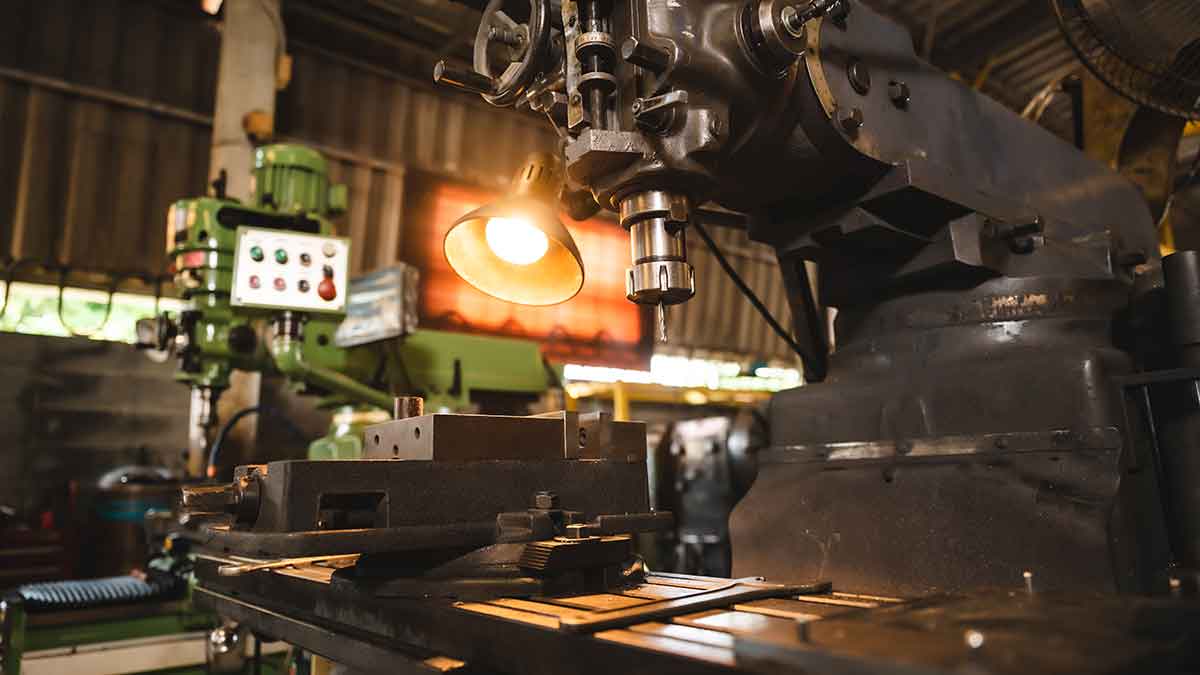It was impossible to imagine a world where sensors and chips could be embedded in physical objects. This became possible thanks to the Internet of Things. In a very short time, this technology has become an essential concept for a variety of businesses. The Internet of Things has drastically changed the manufacturing industry, especially with preventative maintenance.
The Use of IoT is key to Market Growth
Many global enterprises have successfully integrated IoT tools in their infrastructures. They can help:
- Optimize production
- Reduce delivery times
- Reduce expenditures
This gives the IoT market an opportunity to grow exponentially in the coming years.
The Benefits of IoT in Manufacturing
All of this is why the Internet of Things in manufacturing is so beneficial for both the producers and their customers. In addition, industrial IoT allows manufacturers to increase the number of equipment that can be remotely viewed and serviced. Companies can now correctly address the needs of their customers.
Since IoT possesses many benefits, many plants have implemented connected control systems to monitor and process their production. These are the main benefits of IoT systems:
- It allows you to avoid delays and detect potential issues.
- Cognitive operations can help the industrial unit increase production quality, as well as extract the benefits of raw materials and manufactured components.
- It allows managers to better manage the resources, increase worker skillfulness and create a safe working environment. (Click here to learn more about IoT’s benefits).
Preventative Maintenance
Connect IoT-driven gadgets with different sensor points (temperatures and vibrations, voltages, currents etc.) to each other. Therefore, manufacturers can access essential maintenance data by connecting to other devices. Manufacturers use this information to assess the machinery’s current condition, detect warning signs, send alerts, and trigger repair processes.
Moreover, IoT makes maintenance a fast-paced, automated process that anticipates failures well in advance. Furthermore, it allows for cost savings over conventional preventive measures, as actions are taken when they are needed.
Therefore, managers can now easily spot problems in plant machinery by having accurate data at hand. It also helps plan maintenance operations and keep systems online while workers are still doing the job. IoT can prolong equipment life, increase plant safety, and reduce the risk of environmental accidents.
In practical terms, IoT can immensely improve your company’s preventative maintenance / repairing capabilities.





